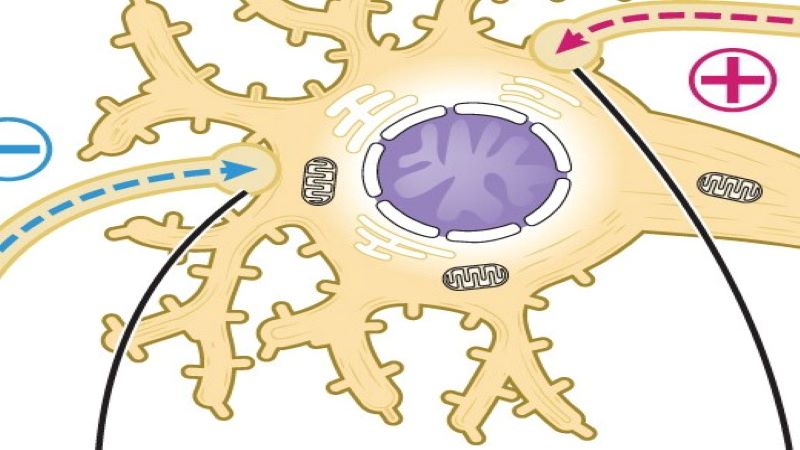Epilepsy: pathophysiology, clinical manifestations and treatment options
Epilepsy is a global health problem affecting approximately 50 million people worldwide. It is one of the most common chronic neurological diseases in the world and has serious physical, economic and discriminatory consequences in some parts of the world. However, the healthcare burden and financial cost of treating epilepsy can be reduced with appropriate, prompt interventions. This article provides an overview of the condition, including incidence, classification, aetiology, pathophysiology, clinical manifestations and symptom management. Better knowledge about the management of epilepsy could help to reduce the risk of mortality associated with it.
Muili Lawal - Senior Lecturer, College of Nursing Midwifery & Healthcare, University of West London
Hameedat Omobayo - Pharmacist, Tesco Pharmacy, Northampton
Kudirat Lawal - Support Worker, National Society for Epilepsy, Chalfont
